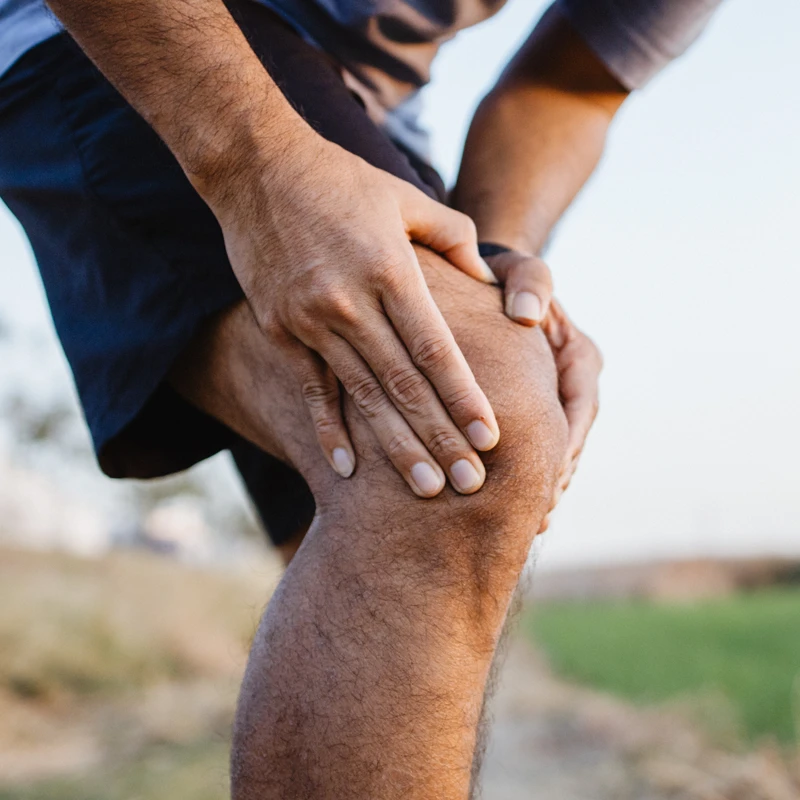Dr Julian Yu is a specialist orthopaedic surgeon who performs knee osteotomy surgery for unicompartmental osteoarthritis and other conditions affecting the knee.

What is a knee osteotomy?
A knee osteotomy is a surgical procedure performed to relieve pain and improve function in patients with early-stage osteoarthritis or damage affecting only one side of the knee joint. The procedure involves reshaping or realigning the bones of the knee to shift weight away from the damaged area and onto the healthier side.
What is a high tibial osteotomy?
A high tibial osteotomy is the most common type of osteotomy performed on arthritic knees. It can also be used to treat other knee problems such as gonarthrosis with abnormal knee alignment (either bow-legged or knock-kneed), osteochondritis dissecans, osteonecrosis, posterolateral instability, and for procedures involving cartilage repair.
The aim of surgery is to reduce stress on the damaged portion of the knee joint by correcting any misalignment of the tibia, thereby ensuring the joint line remains properly aligned with the leg’s mechanical axis. Two main surgical methods may be used: closing wedge and opening wedge osteotomies. The choice between these techniques depends on the specific needs of the patient.
Closing Wedge Osteotomy
This is the more commonly performed method. A small wedge of bone is surgically removed from the top portion of the shinbone (tibia) through an incision at the front of the knee. The remaining bone ends are brought together and secured with plates and screws. This helps redistribute the body’s weight away from the damaged inner side of the knee to the healthier outer side, reducing pain and improving function.Opening Wedge Osteotomy
In this method, a cut is made in the bone just below the kneecap to create a gap. A bone graft is inserted into this gap to open up the wedge, and plates and screws may be used to stabilize the area during healing. This technique alters the knee’s angle to ease pressure on the affected side of the joint and relieve discomfort.
Risks of knee osteotomy surgery
Complications following high tibial osteotomy may include infection, skin necrosis, non-union (failure of the bones to heal), nerve injury, blood vessel injury, failure to correct the varus deformity, compartment syndrome and deep vein thrombosis or blood clots.
For all appointments and enquiries, please phone (02) 8045 5688
Monday to Friday 9am–5pm
Frenchs Forest
Peninsula Orthopaedics
Suite 20, Level 7
Northern Beaches Hospital
105 Frenchs Forest Rd
Frenchs Forest NSW 2086
Chatswood
Orthopaedic & Arthritis Specialist Centre
Level 2, Gallery Arcade
445 Victoria Avenue
Chatswood NSW 2067
© 2018– Dr Julian Yu | Privacy Policy | Disclaimer | Website by:

